Vintage Japanese 90s Fashion: The Timeless Allure
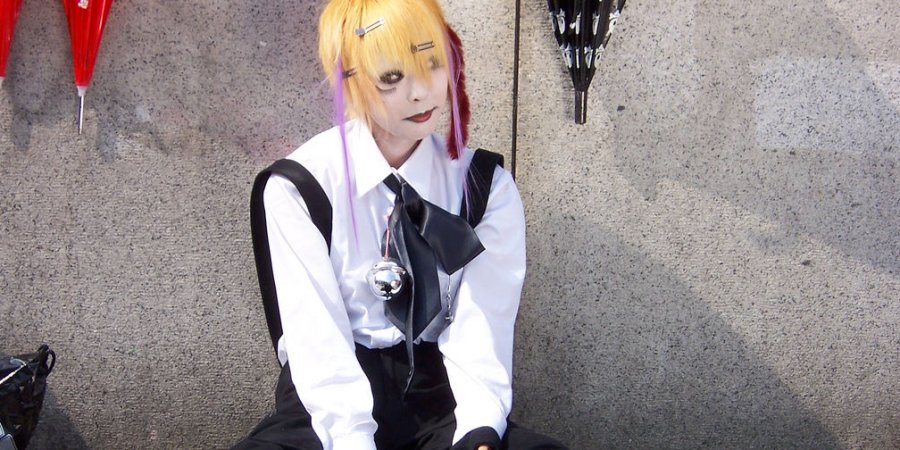
The 1990s was a decade of significant change in the world of fashion, and nowhere was this more evident than in Japan. The country's unique blend of traditional aesthetics and innovative design led to the creation of some of the most memorable and influential styles of the time. This era of Japanese fashion, now referred to as "vintage Japanese 90s fashion," continues to inspire designers and fashion enthusiasts worldwide.
The Birth of a Fashion Revolution
The 90s in Japan was a time of economic prosperity and cultural evolution. The country was experiencing a "bubble economy," which led to an explosion of creativity and innovation in various fields, including fashion. The streets of Tokyo, particularly the Harajuku district, became the epicenter of this fashion revolution. Young people started to experiment with their clothing, mixing traditional Japanese elements with Western styles, creating a unique and eclectic look that was distinctly Japanese.
Key Fashion Trends
Mix-and-Match Layering
The Japanese youth adopted a playful approach to coordinating outfits. Oversized cotton shirts got layered over skin-tight bike shorts. Mom jeans paired with cropped tops or babydoll dresses. Textures and prints collided as knits matched with lace and leopard prints met polka dots. Dropped armholes, uneven hemlines, and deconstructed detailing carried over from avant-garde 80s fashions.
Streetwear & Sportswear
Japanese streetwear and sportswear brands exploded in popularity, taking cues from hip hop, skate, surf, and extreme sports cultures. Giants like A Bathing Ape and WTAPS led the way. Oversized graphics emblazoned hoodies, shirts, and jackets paired with baggy pants or cargo shorts. Baseball caps and sneakers finished off the casual uniform of the urban youth. Vintage Americana motifs met neon Japanese pop art graphics.
Cute Yet Rebellious Youth Styles
Girly punk looks defined many Japanese teens. Inspired by British punk, cute Lolita-style dresses and babydoll gowns appeared in black leather and tartan, mixing innocence and attitude. The schoolgirl look evolved into "kogal" style with miniskirts, platform shoes, loose socks, backpacks and body glitter encapsulating adolescent rebellion.
Retro Pop Prints
Vintage American motifs like Mickey Mouse, Hawaiian prints, Las Vegas logos, and Looney Tunes characters adorned t-shirts, hats, bags and more. Pop art florals, cartoon graphics, vacation themes, and neon colors appeared across womenswear. Youthful energy blended nostalgia with an optimistic view towards the future.
Key Japanese Fashion Brands
A Bathing Ape (Bape)
Nigo's streetwear label A Bathing Ape or Bape exploded after opening in 1993, blending underground American hip hop style with Japanese pop culture. Known for camouflage prints, oversized hoodies, graphic tees and sneakers, Bape defined the Japanese streetwear aesthetic.
Comme des Garçons
The avant-garde fashion house Comme des Garçons and its founder Rei Kawakubo continued their radical fashion concepts in the 90s. Oversized tailored jackets met asymmetric folded skirts, dresses featured distorted proportions, and deconstructed shirts with abstract prints broke conventions. Their clothing mixed fabrics, textures and colors in new ways.
Yohji Yamamoto
Known for avant-garde blacks, Yohji Yamamoto played with oversized silhouettes, draping, asymmetric designs, and Japanese graphics. Flowing layers, wide pants, and drapes in lush fabrics created anti-fashion sentiments while still flattering the form.
Issey Miyake
Techno fabrics, folding, draping and pleating techniques yielded sculptural geometric pieces at Issey Miyake. Vibrant colors and prints met stark blacks and whites in experimental clothing and accessories. Miyake blended Japan's kimono tradition with innovation.
Junya Watanabe
Junya Watanabe honed an edgy mix of punk, workwear and street influences at his eponymous label. He created rebellious rock-inspired looks through collaging, asymmetry, and reconstructing traditional pieces. Watanabe's clothing merged subculture and high fashion.
Iconic Styles of the 90s
In the 1990s, Japan's fashion scene was as diverse as it was dynamic. A multitude of styles emerged, each with its unique aesthetic and cultural significance. Let's delve deeper into some of these iconic styles that defined this era.
Gothic Lolita
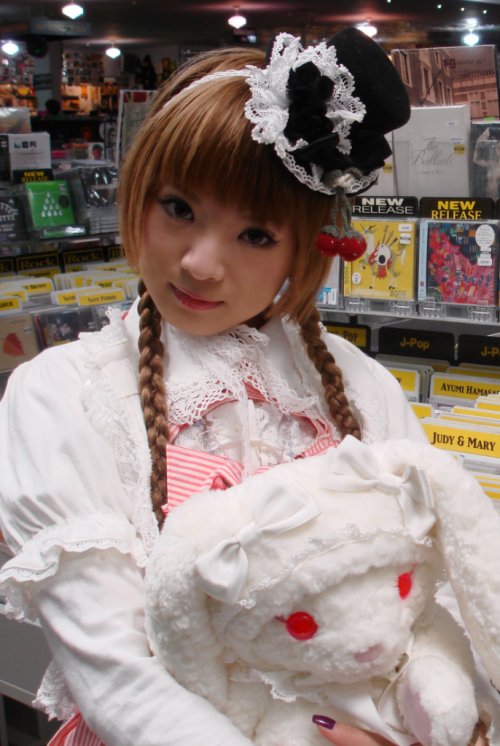
One of the most distinctive styles of the 90s was Gothic Lolita. This fashion trend was a unique blend of Victorian-era clothing and gothic fashion elements. The style was characterized by dark colors, frills, lace, bows, and petticoats. The outfits often included accessories like bonnets and parasols. The Gothic Lolita style was more than just a fashion statement; it was a way for young women to express their individuality and creativity.
Ganguro
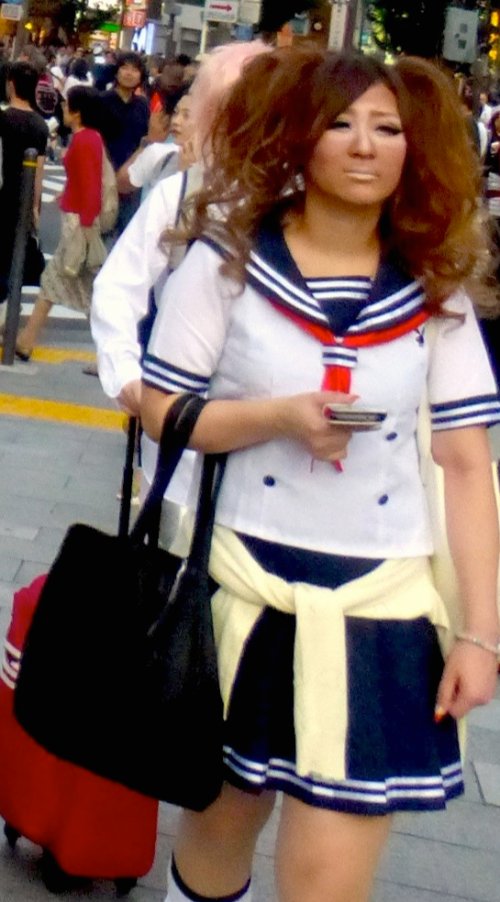
Ganguro was a rebellious look that went against traditional Japanese beauty standards. It involved deep tans, bleached hair, and heavy makeup. The style was popular among young women and was often associated with the Shibuya and Ikebukuro districts of Tokyo. Ganguro was a bold statement of non-conformity, challenging societal norms and expectations.
Decora
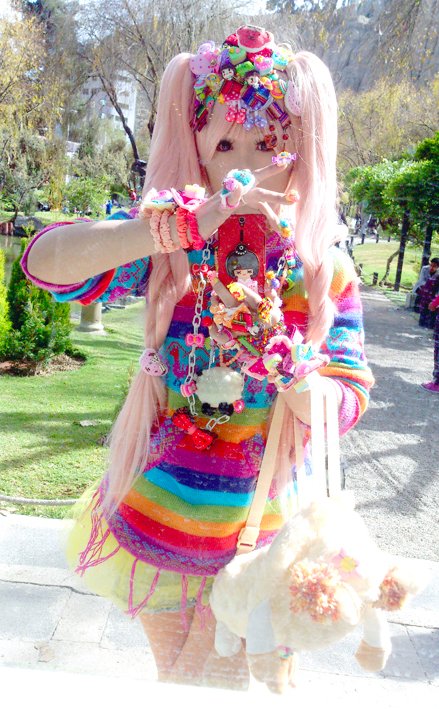
Decora was known for its over-the-top use of accessories and bright colors. This style often included many layers of clothing and accessories, such as hair clips, necklaces, and stuffed animals. The Decora fashion was a celebration of color and individuality, with each outfit being a unique expression of the wearer's personality.
Visual Kei
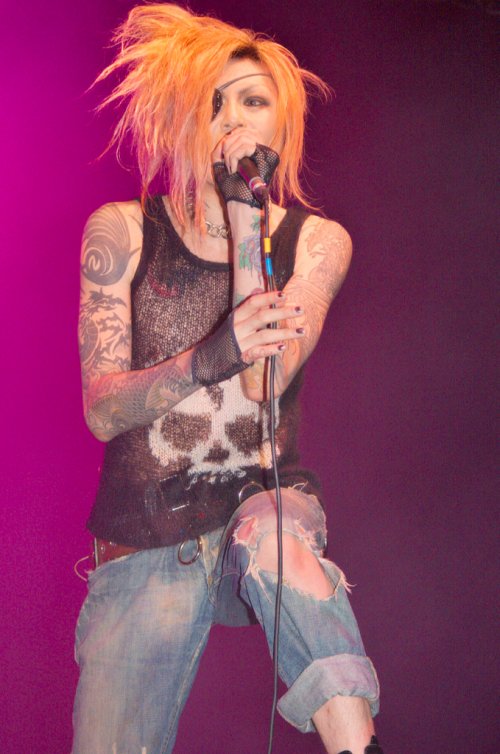
Visual Kei was associated with a music movement and was characterized by flamboyant costumes, heavy makeup, and elaborate hairstyles. The look was often androgynous and was popular among rock bands. Visual Kei was more than just a fashion trend; it was a cultural phenomenon that influenced music, art, and lifestyle.
Kogal
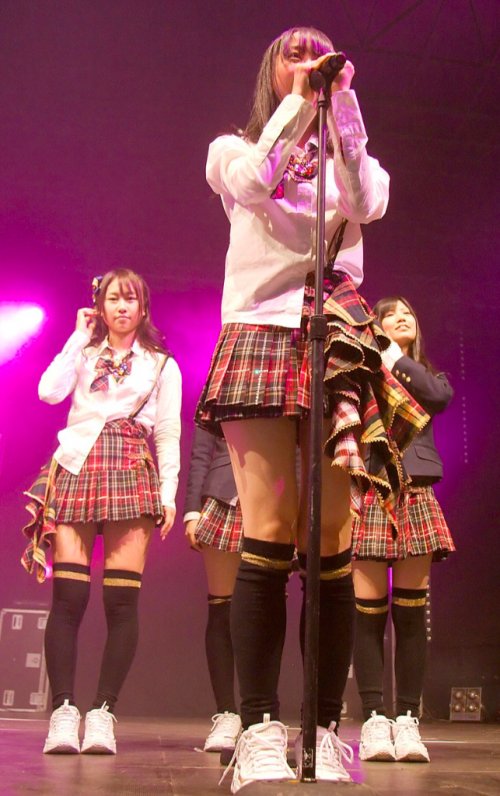
Kogal was a style popular among high school girls and involved school uniforms modified to be shorter and tighter. The look often included loose socks, tanned skin, and dyed hair. Kogal was a statement of youth and rebellion, a way for young women to assert their independence and individuality.
Ura-Hara
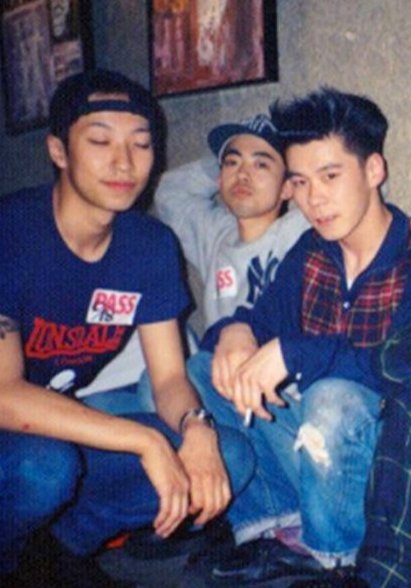
Ura-Hara was a street style that emerged in the backstreets of Harajuku. It was characterized by a mix of Western and Japanese influences and was popular among skaters and hip-hop fans. Ura-Hara was a testament to the power of street culture in shaping fashion trends.
Each of these styles was a reflection of the times, embodying the spirit of the 90s in their unique ways. They continue to influence contemporary Japanese fashion and street style, proving that fashion is indeed cyclical. The 90s may be in the past, but its fashion legacy lives on.
The Influence of Pop Culture
Japanese pop culture played a significant role in shaping 90s fashion trends. Anime and manga, in particular, had a massive influence. Characters' unique and often extravagant outfits inspired fans to recreate these looks in real life, leading to the rise of cosplay (costume play) culture. Music was another influential factor, with J-Pop and Visual Kei bands known for their flamboyant and theatrical fashion styles.
The Legacy of Vintage Japanese 90s Fashion
The impact of vintage Japanese 90s fashion extends far beyond the decade. Many of the styles that originated during this time continue to influence contemporary fashion, both in Japan and globally. Modern streetwear, for instance, owes a lot to the Japanese interpretation of the genre in the 90s. The Harajuku style, while not as prevalent as it once was, continues to inspire with its spirit of creativity and individuality.
Moreover, there's been a resurgence of interest in 90s fashion in recent years. As a result, vintage Japanese 90s pieces have become highly sought after by fashion enthusiasts and collectors. From high-end designer pieces to thrift store finds, these items are cherished for their quality, uniqueness, and the sense of nostalgia they evoke.
The Impact on International Fashion
The influence of vintage Japanese 90s fashion was not confined to Japan's borders. It made waves internationally, shaping global fashion trends and inspiring designers around the world. The unique blend of traditional and modern, East and West, high fashion and streetwear, made Japanese fashion stand out on the global stage.
International designers and fashion houses took note of the innovative designs and unique aesthetics coming out of Japan. Brands like Comme des Garçons and Issey Miyake, which were already well-established by the 90s, gained even more international recognition during this time. Meanwhile, newer designers and labels emerged and made their mark, further solidifying Japan's status as a global fashion powerhouse.
The Role of Fashion Magazines
Fashion magazines played a crucial role in promoting and disseminating 90s Japanese fashion. Publications like FRUiTS, a street fashion magazine founded in 1997, showcased the eclectic and creative styles seen on the streets of Harajuku. These magazines not only provided a platform for self-expression but also documented the evolving trends and subcultures of the time.
Through vivid photographs and engaging articles, these magazines captured the spirit of the era and influenced fashion trends both within and outside Japan. They also helped to democratize fashion, showing that style was not just for the elite but for everyone.
The Resurgence of 90s Japanese Fashion
Today, there is a renewed interest in vintage Japanese 90s fashion. The unique styles and bold aesthetics of the era are back in vogue, influencing contemporary fashion trends. From the runways of high-end fashion houses to the streets, elements of 90s Japanese fashion can be seen everywhere.
This resurgence is driven by a combination of nostalgia and a desire for unique, individualistic styles. As a result, vintage pieces from the 90s are highly sought after, and modern designs often incorporate elements from this era.
The Influence on Modern Streetwear
The 90s Japanese fashion scene has had a profound impact on modern streetwear. The bold graphics, oversized silhouettes, and eclectic mix of styles that characterized 90s Japanese fashion can be seen in today's streetwear trends. Brands like A Bathing Ape, which was founded in the 90s, continue to be influential in the streetwear scene, both in Japan and globally.
Moreover, the spirit of individualism and self-expression that was central to 90s Japanese fashion aligns with the ethos of modern streetwear. Today's streetwear enthusiasts continue to mix and match different styles, creating unique looks that reflect their personal style and attitude, much like the fashion-forward youth of 90s Japan.
The Role of Vintage Clothing Stores
Vintage clothing stores play a crucial role in keeping 90s Japanese fashion alive. These stores, many of which are located in Tokyo's trendy neighborhoods like Harajuku and Shimokitazawa, offer a treasure trove of 90s clothing items. From iconic streetwear pieces to kawaii outfits, these stores cater to those who wish to explore and recreate the unique styles of the 90s.
These vintage stores do more than just sell old clothes. They help preserve the fashion history of the 90s, allowing new generations to discover and appreciate the styles of this era. They also promote sustainable fashion by giving a second life to pre-loved clothes.
Conclusion
The 90s was a golden era for Japanese fashion, a time of exploration, innovation, and boundary-pushing creativity. The styles born during this decade left an indelible mark on the fashion world, shaping trends and influencing designers for years to come. Today, vintage Japanese 90s fashion continues to captivate with its unique aesthetics, serving as a reminder of a time when fashion was not just about looking good, but also about expressing one's individuality and challenging the status quo. The legacy of this vibrant period in fashion history lives on, influencing contemporary fashion and inspiring a new generation of fashion enthusiasts.
Previous Posts: